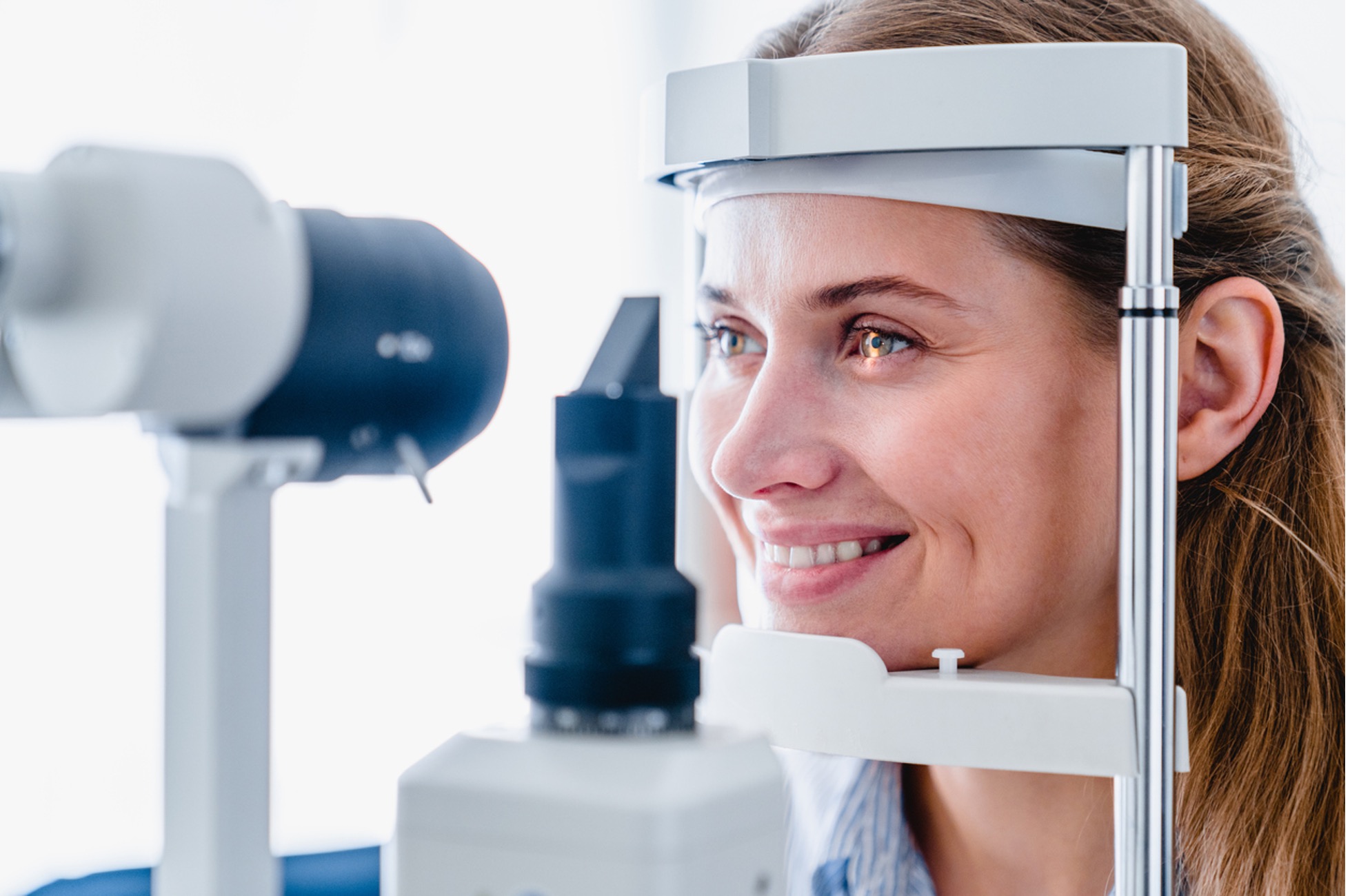Refractive Surgeries in AL: Boost Your Vision with Specialist Treatment
Refractive Surgeries in AL: Boost Your Vision with Specialist Treatment
Blog Article
The Duty of Advanced Diagnostic Tools in Identifying Eye Disorders
In the realm of ophthalmology, the application of innovative analysis tools has reinvented the early identification and management of various eye problems. From spotting refined modifications in the optic nerve to checking the progression of retinal diseases, these innovations play a critical function in boosting the precision and efficiency of detecting ocular conditions. As the demand for exact and timely medical diagnoses proceeds to grow, the integration of sophisticated tools like optical coherence tomography and aesthetic field testing has actually become vital in the world of eye treatment. The intricate interaction between technology and ophthalmic methods not only clarifies intricate pathologies yet likewise opens up doors to tailored treatment approaches.
Importance of Early Medical Diagnosis
Early diagnosis plays an essential role in the efficient monitoring and treatment of eye conditions. Prompt identification of eye problems is vital as it permits prompt treatment, potentially stopping further progression of the disease and lessening long-term complications. By identifying eye disorders at a beginning, doctor can use suitable therapy strategies tailored to the certain condition, ultimately causing far better results for patients. Very early diagnosis enables individuals to gain access to necessary support services and resources earlier, improving their overall quality of life.

Technology for Spotting Glaucoma
Innovative diagnostic technologies play a crucial function in the early detection and tracking of glaucoma, a leading source of irreversible loss of sight worldwide. One such innovation is optical coherence tomography (OCT), which provides detailed cross-sectional photos of the retina, enabling the measurement of retinal nerve fiber layer density. This dimension is essential in evaluating damages brought on by glaucoma. An additional sophisticated device is aesthetic area testing, which maps the level of sensitivity of an individual's visual area, aiding to spot any kind of locations of vision loss feature of glaucoma. Furthermore, tonometry is made use of to measure intraocular stress, a significant danger variable for glaucoma. This test is vital as elevated intraocular stress can lead to optic nerve damages. More recent innovations like the use of artificial knowledge algorithms in examining imaging data are revealing promising outcomes in the early detection of glaucoma. These innovative analysis devices enable eye doctors to diagnose glaucoma in its very early phases, enabling timely treatment and far better monitoring of the disease to avoid vision loss.
Duty of Optical Comprehensibility Tomography

OCT's capability to evaluate retinal nerve fiber layer thickness enables for specific and objective measurements, assisting in the very early detection of glaucoma also prior to aesthetic field issues come to be evident. Generally, OCT plays a crucial duty in improving the analysis precision and management of glaucoma, ultimately adding to better end results for individuals at threat of vision loss.
Enhancing Medical Diagnosis With Visual Area Screening
A vital component in extensive ophthalmic assessments, aesthetic field testing plays a critical function in improving the diagnostic procedure for numerous eye problems. By assessing the complete extent pop over to these guys of a client's visual area, this test provides essential details about the functional integrity of the entire aesthetic pathway, from the retina to the visual cortex.
Aesthetic area screening is particularly valuable in the diagnosis and monitoring of problems such as glaucoma, optic nerve conditions, and numerous neurological diseases that can influence vision. Via quantitative dimensions of outer and central vision, clinicians can discover subtle adjustments that may show Get More Information the presence or development of these disorders, also prior to visible signs and symptoms occur.
Furthermore, aesthetic area testing enables for the monitoring of treatment effectiveness, aiding eye doctors tailor healing treatments to individual people. eyecare near me. By tracking changes in visual field performance over time, doctor can make informed choices concerning adjusting medicines, suggesting surgical treatments, or carrying out various other proper procedures to preserve or boost a client's visual function
Handling Macular Degeneration

Conclusion
In final thought, advanced analysis tools play an essential role in identifying eye conditions early on. Technologies such as Optical Comprehensibility Tomography and aesthetic area screening have substantially improved the precision and effectiveness of diagnosing problems like glaucoma and macular degeneration.
Report this page